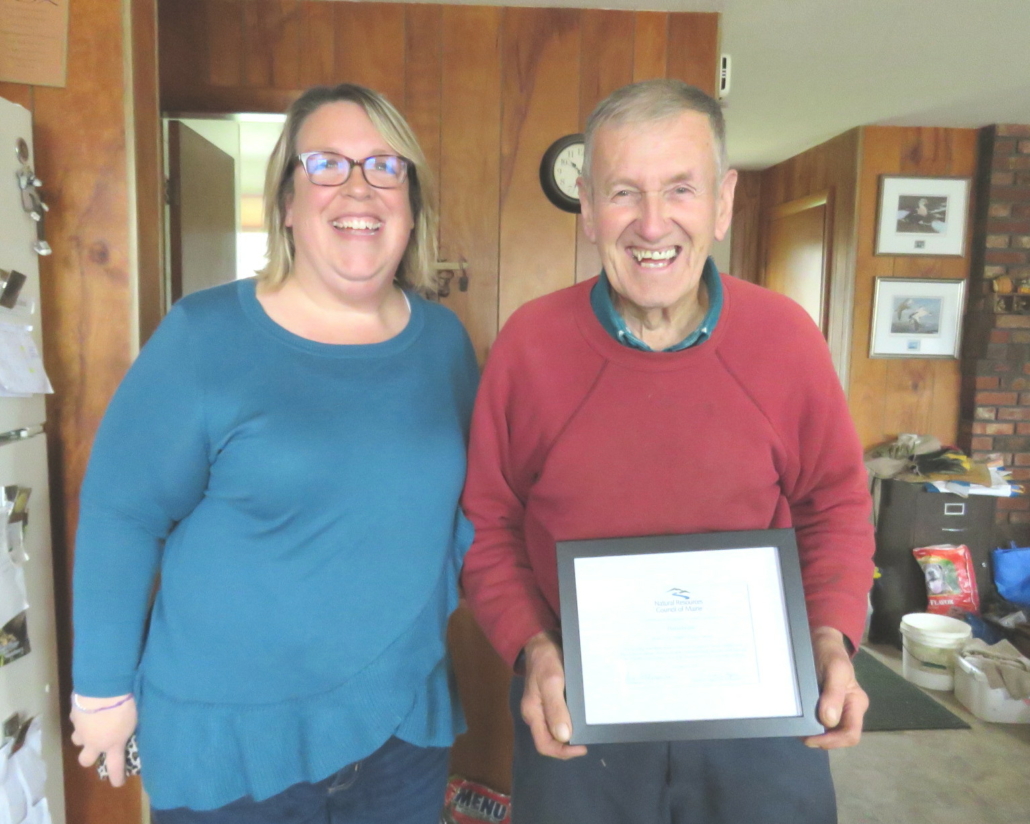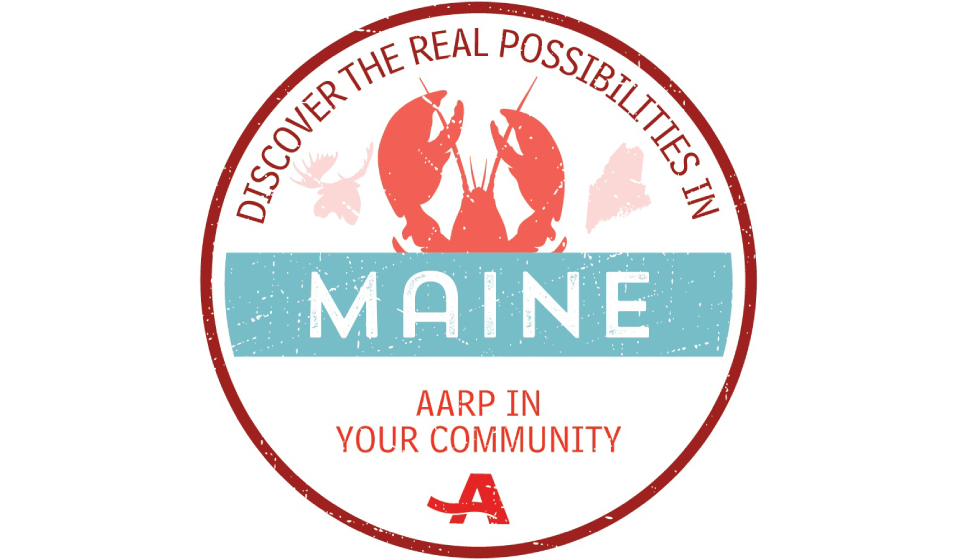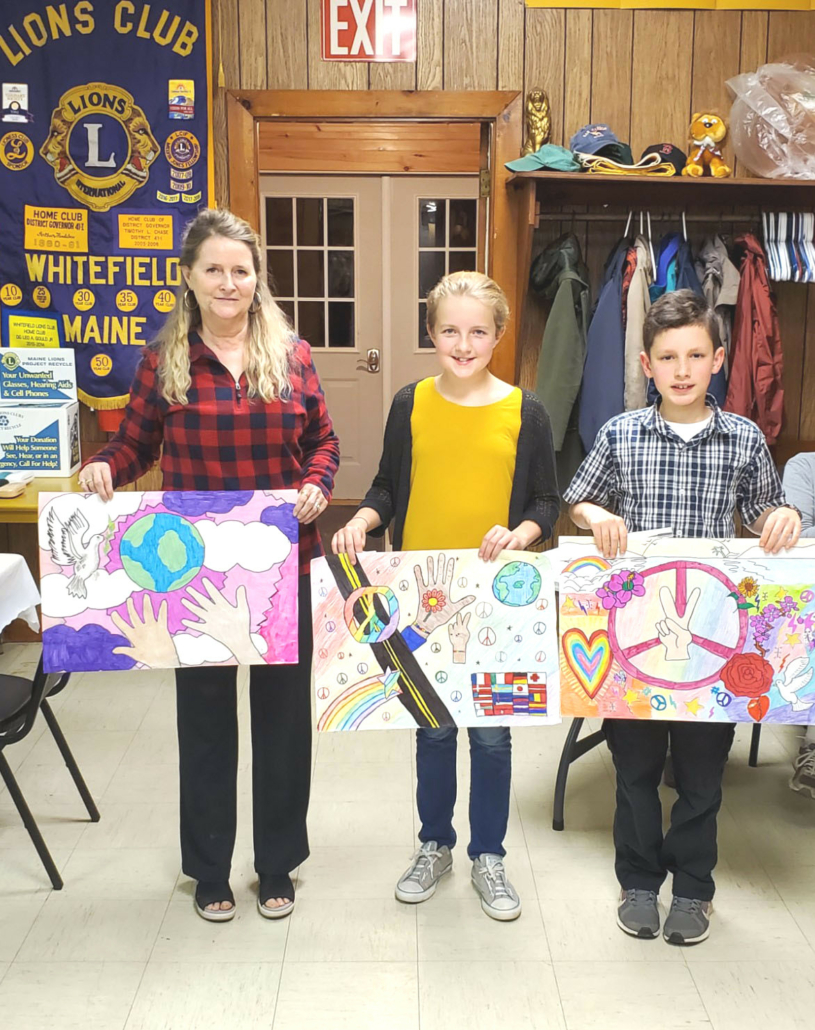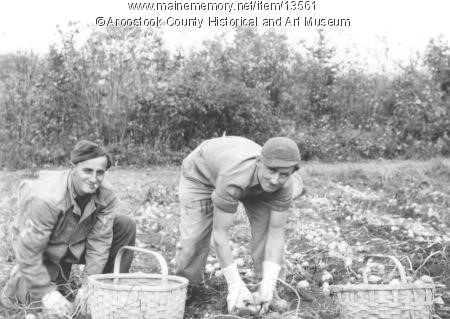
The church as it looks upon completion of the project. (contributed photos)
by Brandon Dyer
Pastor-Teacher, Windsor Christian Fellowship

Severe damage to the roof had to be repaired by reconstructing the deck and shingles.
“Didn’t that church burn down?” This question was posed to me several years ago by a student at Windsor School on a day I was substitute teaching. The short answer to this well-meaning child’s question was, “no.” However, the sanctuary of Windsor Christian Fellowship did look as though it had burned down to some extent. Gaping holes in the front of the building, incomplete siding, and general disrepair—the work to be done on the sanctuary was great.
Over the past 200 years, the church has been known by several names: Windsor Methodist Episcopal Church, Windsor Memorial Baptist Church, and now, Windsor Christian Fellowship. Many pastors have served the church, and many Central Mainers have belonged to the church. One constant, however, throughout the almost 200 year history of the church has been the hand-hewn, post-and-beam sanctuary that sits atop a small hill on the Reed Road, in Windsor. Constant, that is, until 2006 when a much needed renovation began.

The steeple is being taken down to complete renovations to it and to make the necessary repairs to the roof.
Since that time, a radiant heat foundation was poured and many other updates were made, such as all new electrical, doors, windows, siding, drywall, trim, and paint. During the years it took to accomplish all of this work, the church had been worshiping in the Fellowship Hall. For most of that time, the smaller Fellowship Hall sufficed; however, the church recently began to outgrow the smaller space and began to look at the possibility of moving into the sanctuary. Although unfinished, the church met for worship in the sanctuary on October 20 for the first time in more than a decade. Despite the lack of carpet, platform, and using a borrowed sound system, it was a wonderful morning of worship.
The sanctuary no longer looks like it burned down. They anticipate using it for worship for many years to come, as well as weddings, funerals, and many other events in the coming years as they seek to serve the community in Windsor and many others throughout central Maine.

The interior of the church getting a complete facelight. Contributed photos




 by Dr. Erica Magnus
by Dr. Erica Magnus On Saturday, December 7, the city of Waterville will once again embrace the holiday spirit with the third annual “Joy to the Ville” event – an all-day community celebration meant to highlight the magic of the holiday season on the Kennebec River.
On Saturday, December 7, the city of Waterville will once again embrace the holiday spirit with the third annual “Joy to the Ville” event – an all-day community celebration meant to highlight the magic of the holiday season on the Kennebec River.  You can help assure that all families in China will enjoy a Happy Thanksgiving. This coming weekend, November 21 – 22, Thanksgiving dinner boxes will be passed out. Drop off your extra turkey on the pantry’s front porch at 1320 Lakeview Drive.
You can help assure that all families in China will enjoy a Happy Thanksgiving. This coming weekend, November 21 – 22, Thanksgiving dinner boxes will be passed out. Drop off your extra turkey on the pantry’s front porch at 1320 Lakeview Drive.










